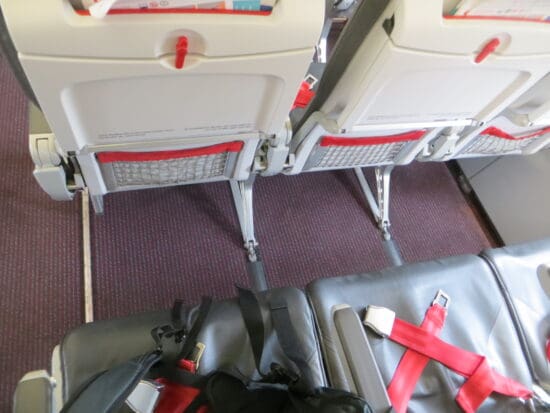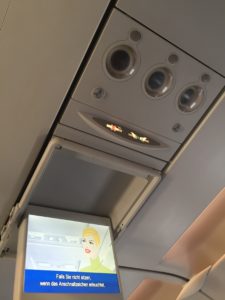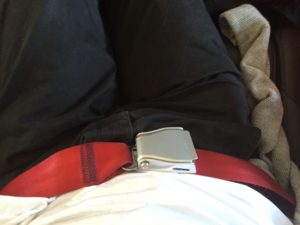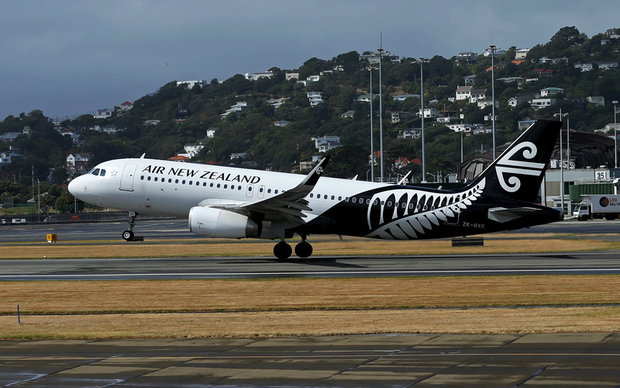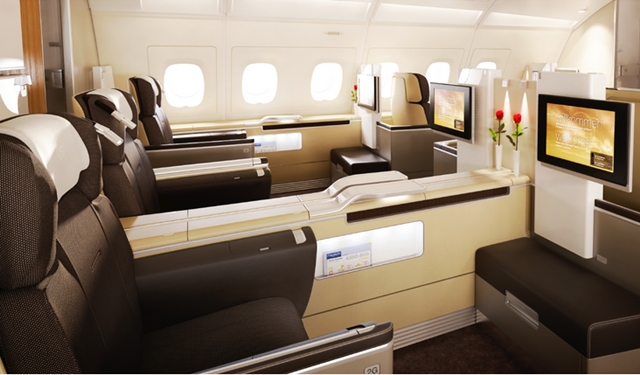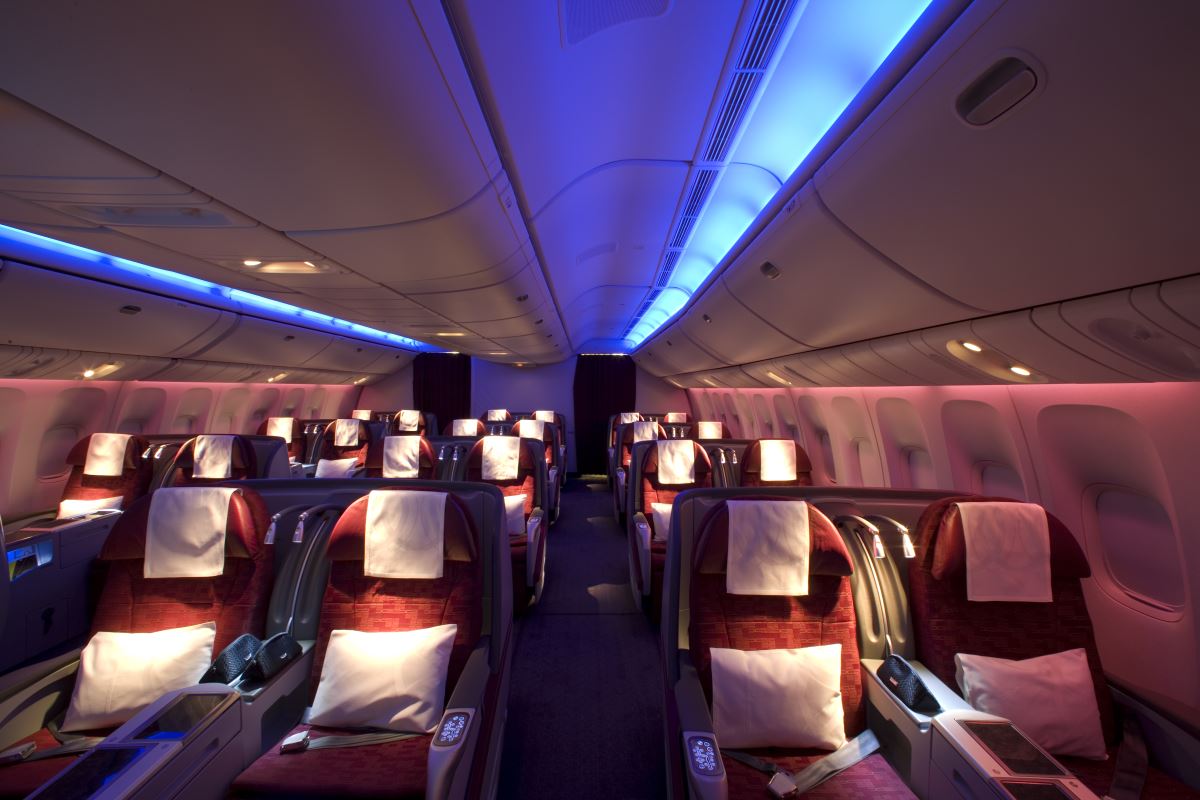We all know the drill. “Please ensure that your seat-belts are securely fastened at all times while in your seat, even if the fasten seat-belt sign is off”. But will this really protect you in the event of a crash?
Well it turns out that your seat-belt’s main functionality is to keep you in your seat in the event of turbulence. In 1997, a United 747 departing from Japan encountered severe turbulence, killing one passenger and injuring three crew. All four were not buckled in.
This is part of the reason why the seat-belt sign is always illuminated at take-off and landing; you are most likely to encounter turbulence at these points in the flight. However, the turbulence at low altitude is often wake turbulence, caused by the airflow from other planes flying your same path in front of you. This is why air traffic control will leave more time between touch-downs when a 737 is landing after an A380. There have been numerous accidents caused by this wake turbulence phenomenon.
But what about in a crash?
The theory that seat-belts are there to help identify bodies after a crash is absolute rubbish. But when a plane does crash, and a quick evacuation is needed, it turns out that you may actually be at a disadvantage if you have your seat-belt securely fastened. Fractions of seconds can make all the difference in the stampede of an evacuation, and it turns out that most passengers will instinctively try to unfasten their airplane seat-belt like a car seat-belt, because we’re creatures of habit. This is why, obvious though it may seem, flight crews demonstrate how to fasten and unfasten your seat-belt before EVERY flight. By the same token, it would make sense that arm-rests in the downwards position will impede your evacuation, but will aid you in the event of turbulence, giving you something to hold on to.
Final thoughts
By no means, take this as advice not to wear your seat-belt. Commercial aviation remains the safest form of travel out there, and it is a fact that turbulence (severe or otherwise) is far more likely than an emergency evacuation. Airlines are aware of this, and this is why their seat-belt rules, annoying as the may seem, should be followed.




